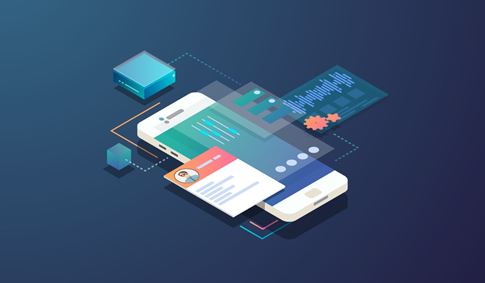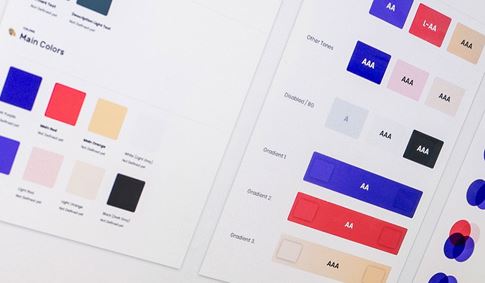In the development of a connected suite of software products, particularly within a domain as specialized as "Purpose-driven software," maintaining a consistent user experience and a cohesive brand identity is paramount. For Benevity, likely a leader in this space, ensuring that all applications within their ecosystem look, feel, and function harmoniously is essential for user trust, ease of adoption, and reinforcing their core mission. This is the driving force behind the Benevity design system, a strategic initiative aimed at providing the simplest and fastest way to build user interfaces that seamlessly integrate into the Benevity ecosystem.
The Benevity design system positions itself as a solution to the inherent complexities of building and scaling software within a defined ecosystem. As more applications and features are added, the risk of design and development divergence increases. This can lead to a fragmented user experience, where navigating between different parts of the Benevity software feels disjointed or inconsistent. The design system directly addresses this by offering a centralized resource that dictates the visual language, interaction patterns, and underlying code for interface development.
The promise of providing the "simplest, fastest way to build user interfaces" is a powerful value proposition. Simplicity in the context of a design system means providing clear, easy-to-understand guidelines and readily available components. This reduces the cognitive load on designers and developers, allowing them to quickly grasp how to build interfaces that align with the Benevity aesthetic. Speed is a direct outcome of this simplicity and the
reusability that a design system enables. By providing pre-built and documented components and patterns, the need to design and code common interface elements from scratch is eliminated, significantly accelerating the development process.
A key mechanism through which the Benevity design system achieves this efficiency is by enabling teams to "save time and avoid reinventing already solved problems." In the absence of a design system, different teams building similar features or interfaces might independently arrive at slightly different solutions for common design and interaction challenges. This reinvention of the wheel is inefficient and leads to inconsistencies. The Benevity design system combats this by acting as a repository of "shared learnings and best practices of common patterns within our software." This means that the system encapsulates the collective knowledge and successful solutions for recurring interface needs within the Benevity ecosystem.
These "common patterns" are crucial. They represent established and tested ways of handling typical user interactions and presenting information within the context of Benevity's Purpose-driven software. Examples might include patterns for showcasing impact metrics, managing donation workflows, displaying volunteer opportunities, or navigating complex program structures. By providing documented guidelines and
reusable components for these specific patterns, the design system ensures that they are implemented consistently across all relevant applications. This not only saves design and development time but also provides users with a predictable and intuitive experience as they move between different functionalities within the ecosystem.
The emphasis on interfaces that "look and feel like they belong in the Benevity ecosystem of Purpose-driven software" highlights the system's role in reinforcing Benevity's brand identity and mission. Purpose-driven software likely has a distinct tone and focus, perhaps emphasizing clarity, trustworthiness, and the impact of user actions. The design system translates these abstract qualities into tangible design elements and interaction behaviors, ensuring that every interface
evokes the intended feeling and reinforces Benevity's commitment to its purpose.
In conclusion, the Benevity design system is a strategic enabler for building a cohesive and efficient ecosystem of Purpose-driven software. By providing a centralized resource of shared learnings, best practices, and common patterns, it empowers teams to build user interfaces simply and quickly, avoiding the pitfalls of reinvention and inconsistency. This focus on streamlining interface development not only accelerates the delivery of new features but also ensures that every interaction within the Benevity ecosystem consistently reflects the brand's aesthetic and reinforces its core mission of driving purpose. It is a vital tool for scaling the impact of Benevity's software while maintaining a high-quality and unified user experience.





